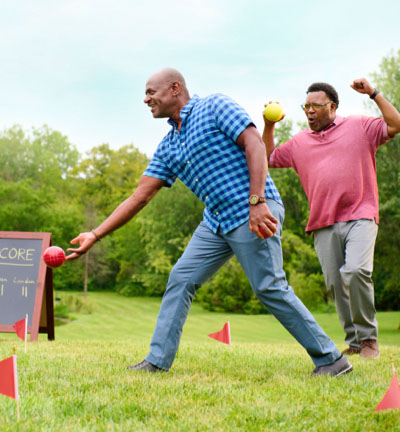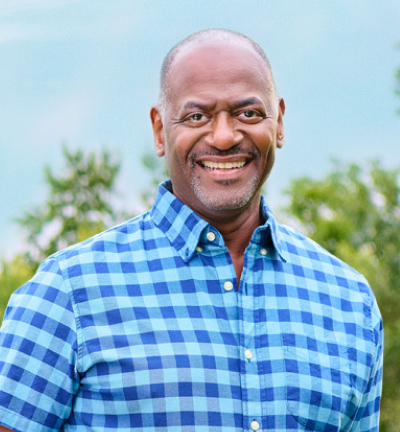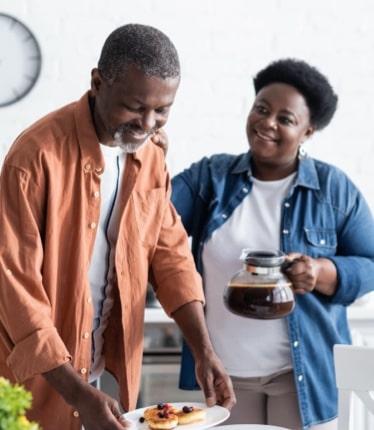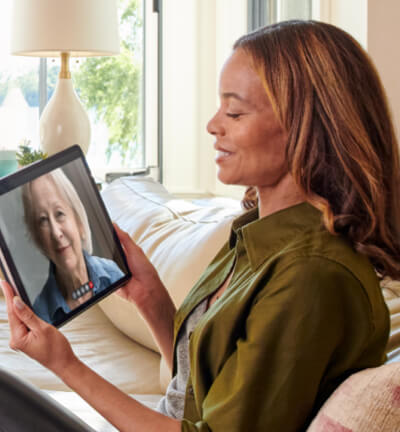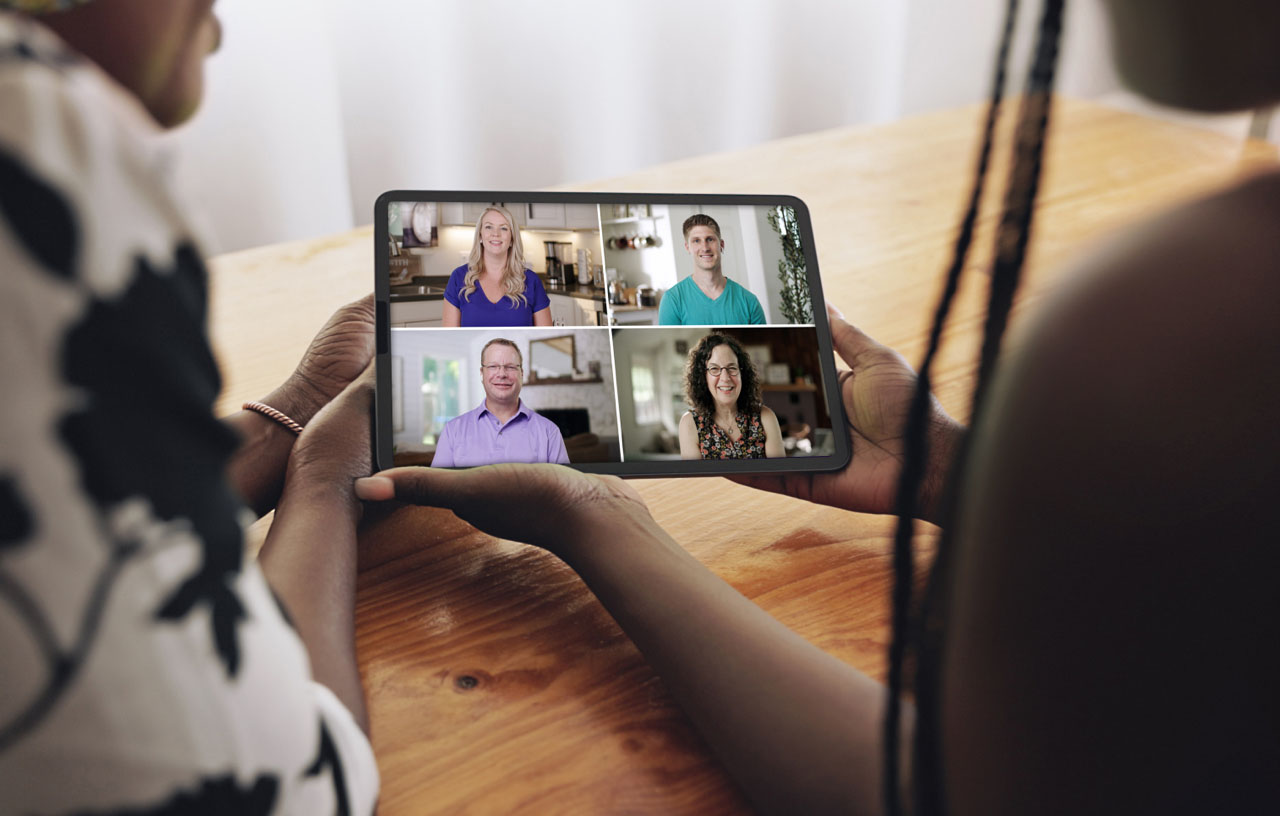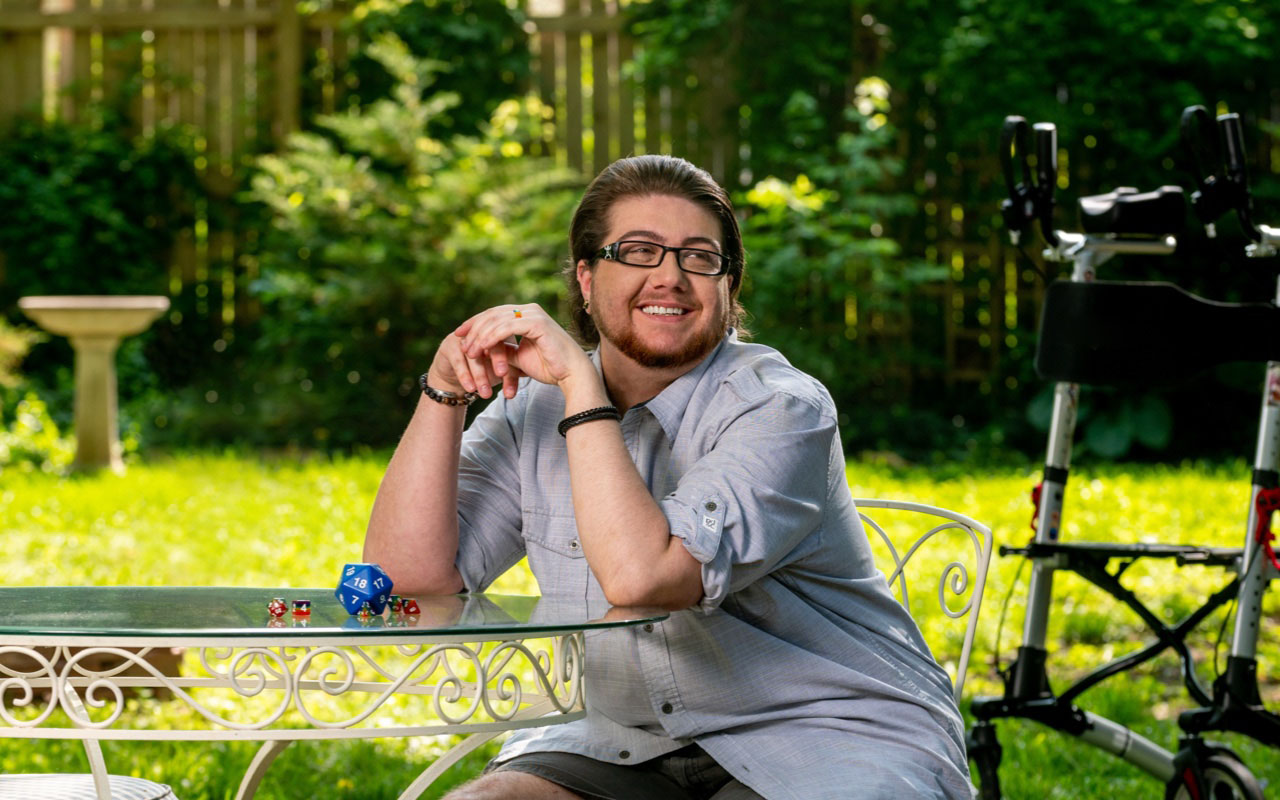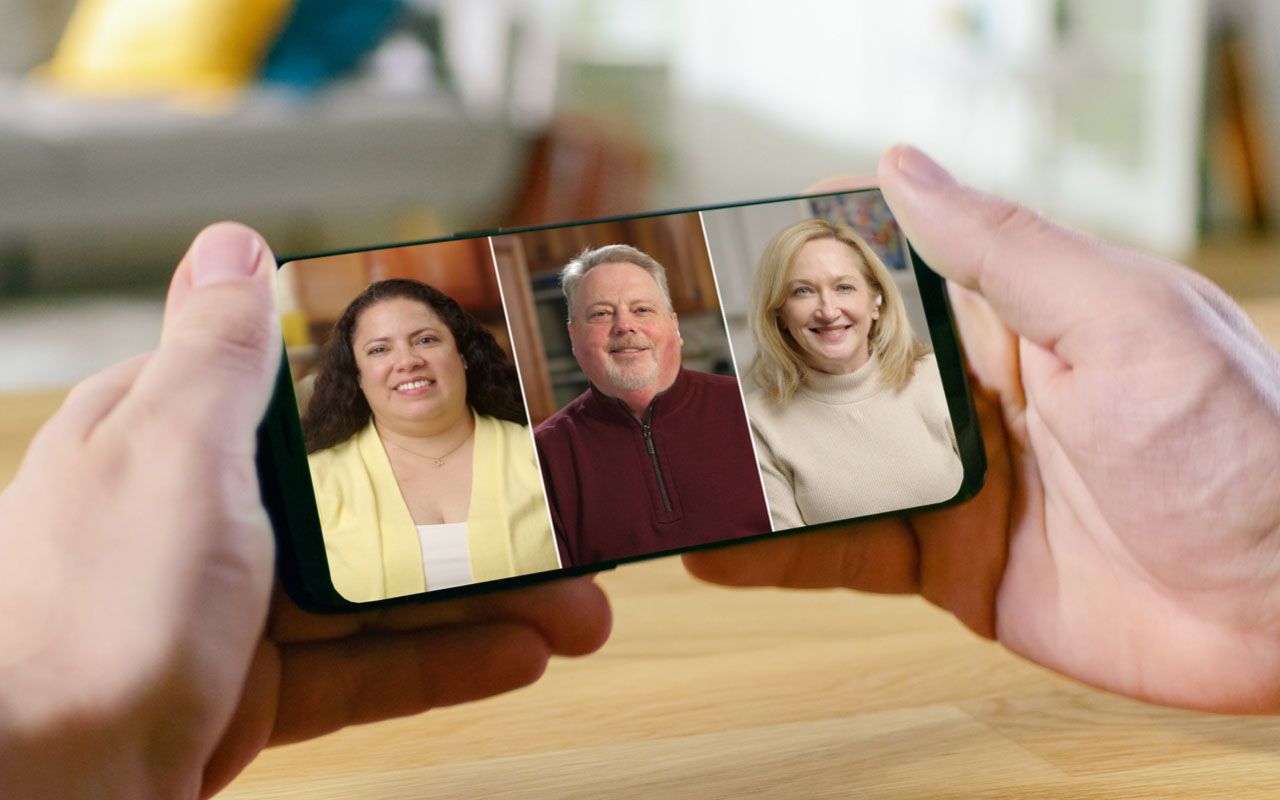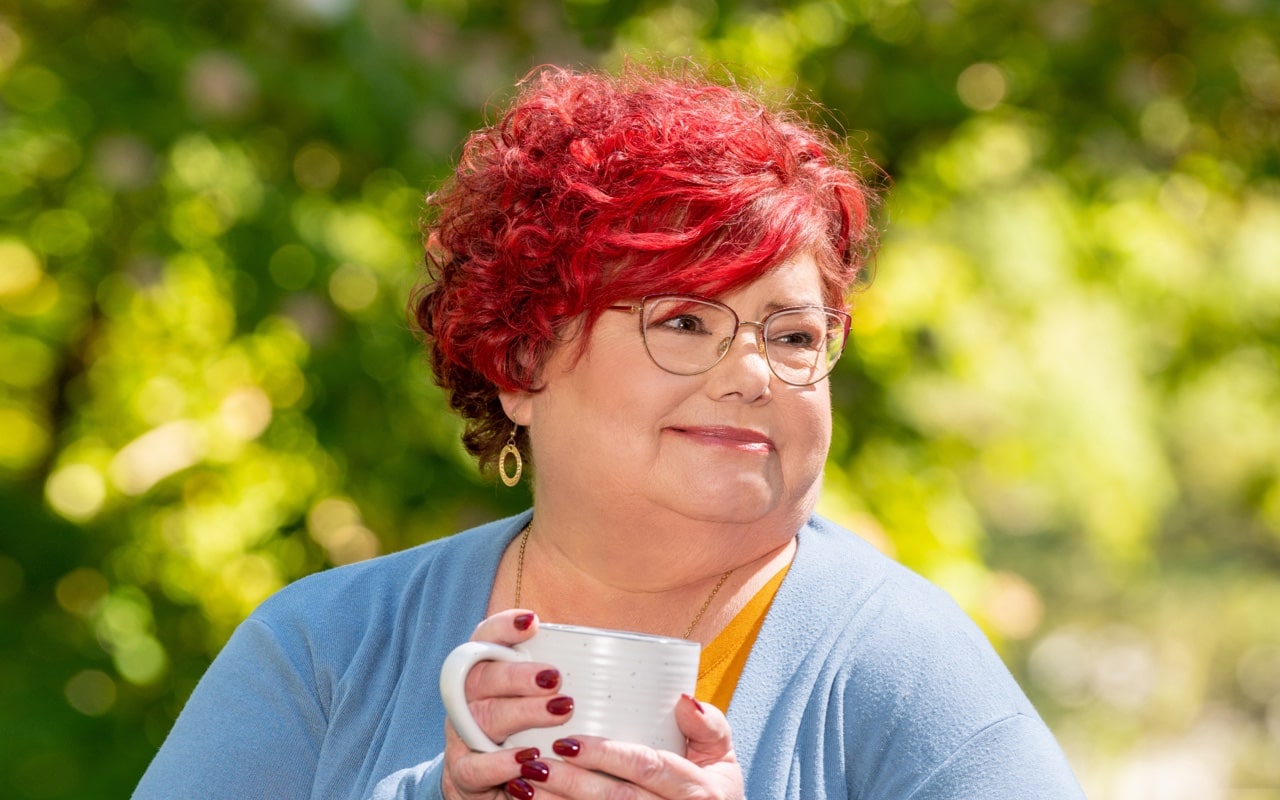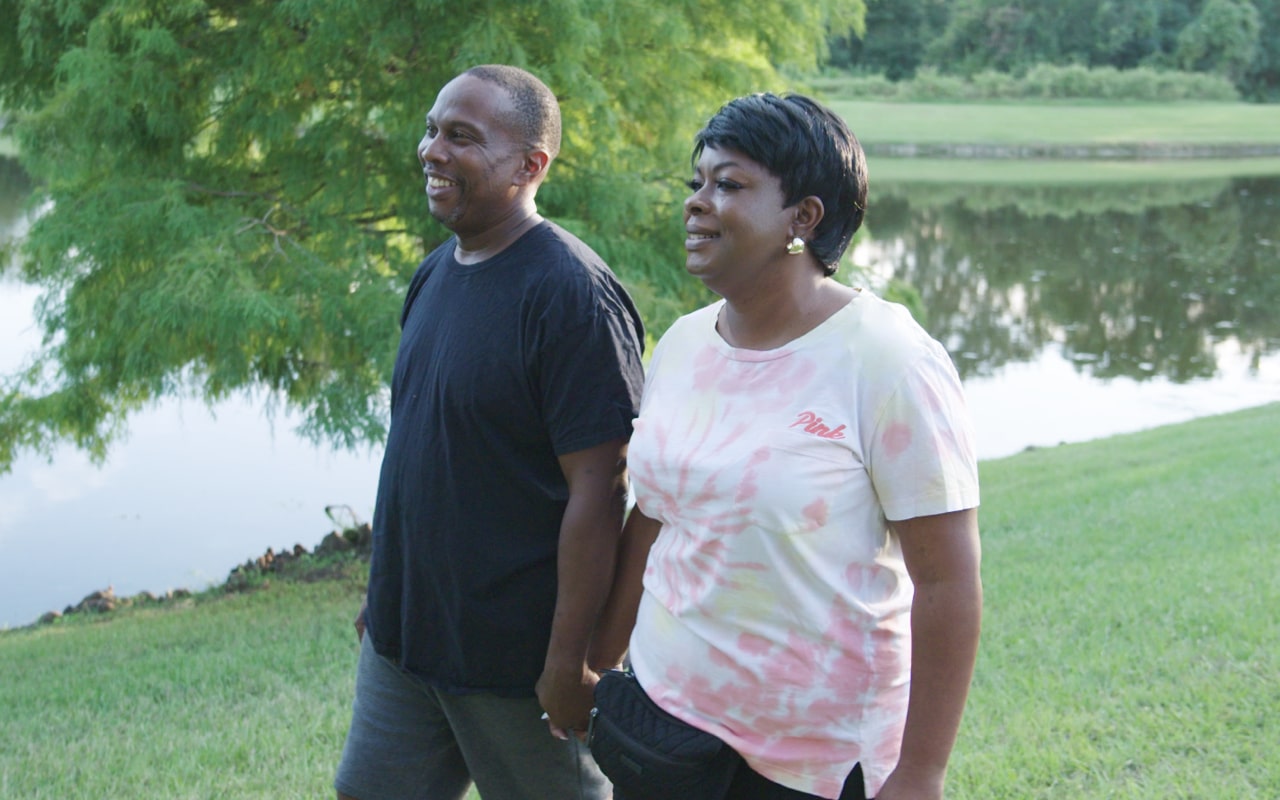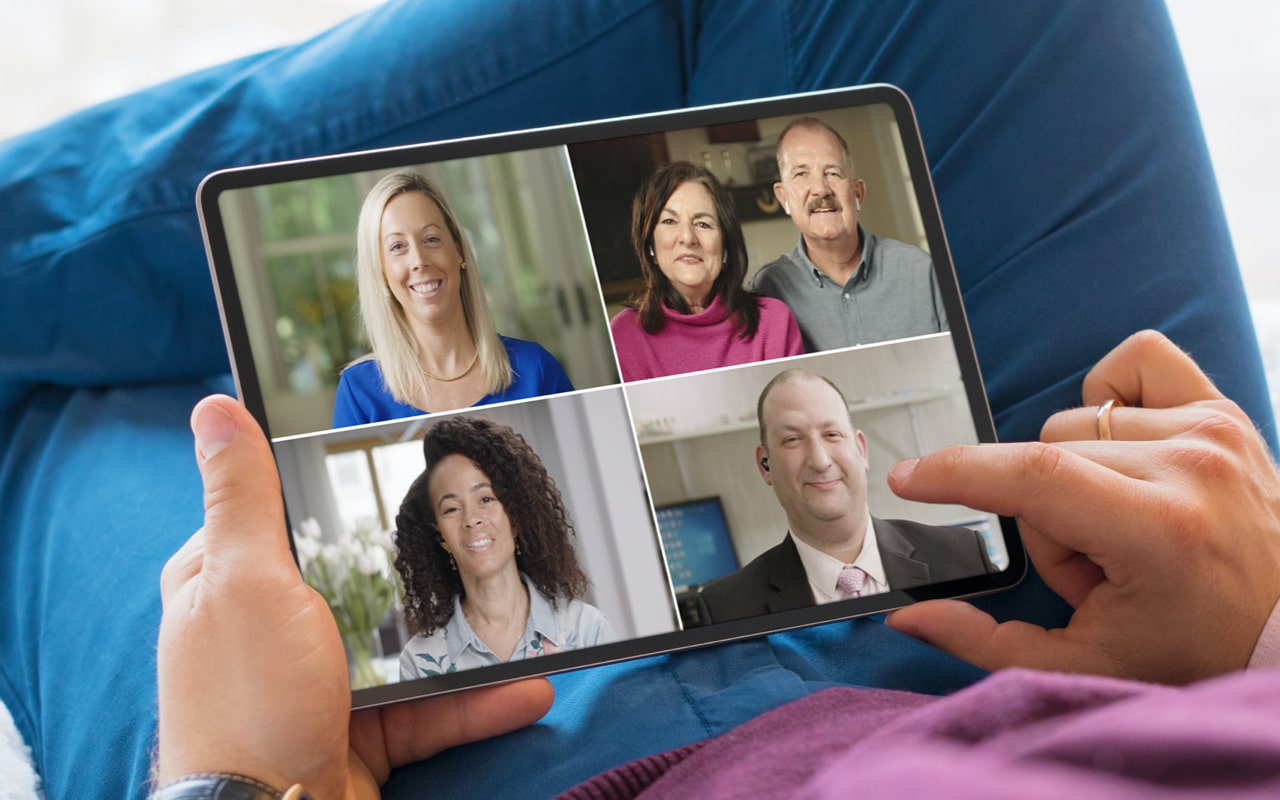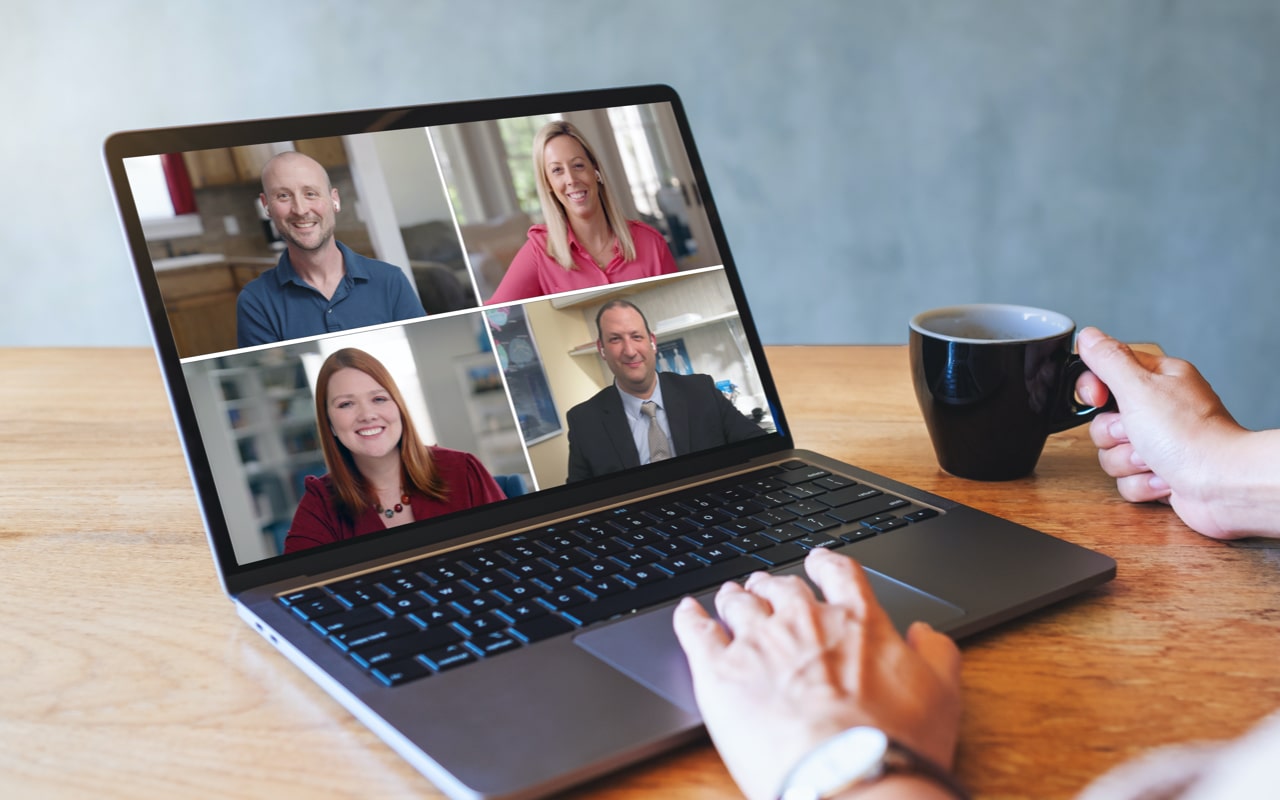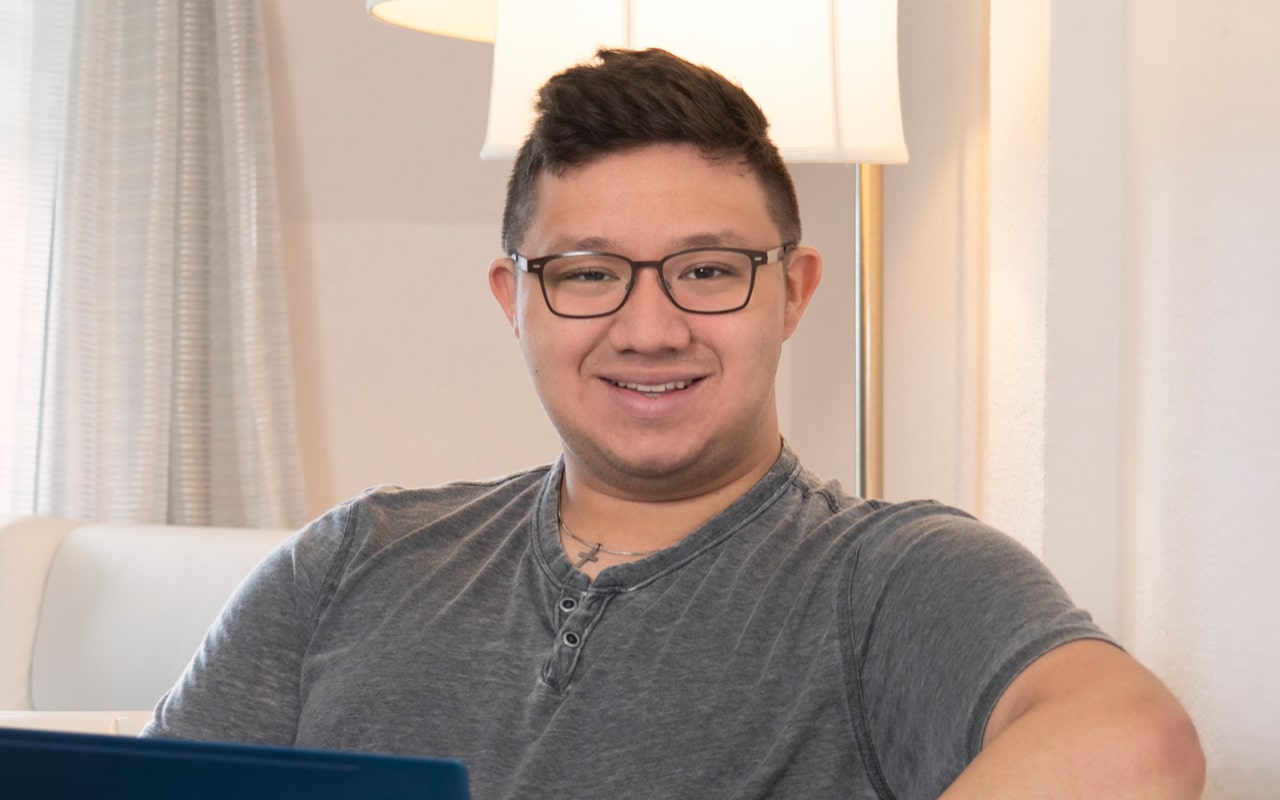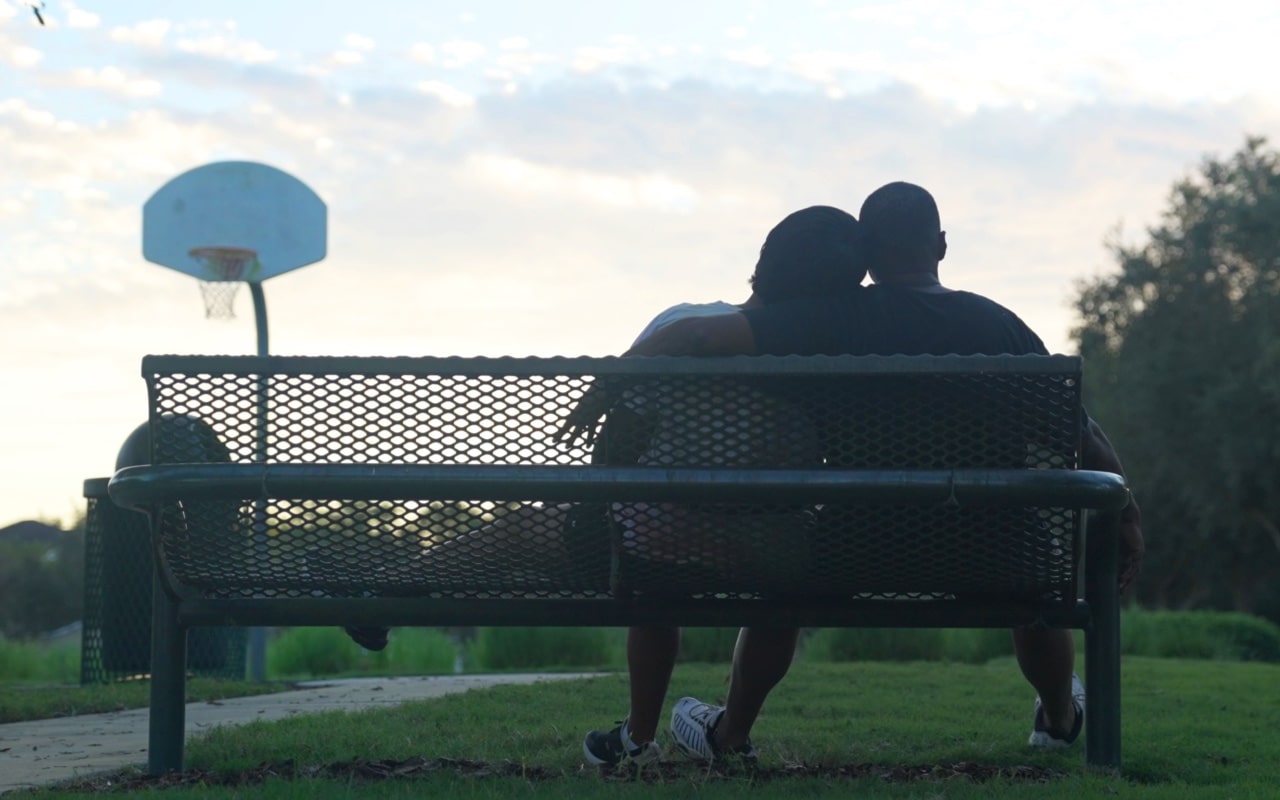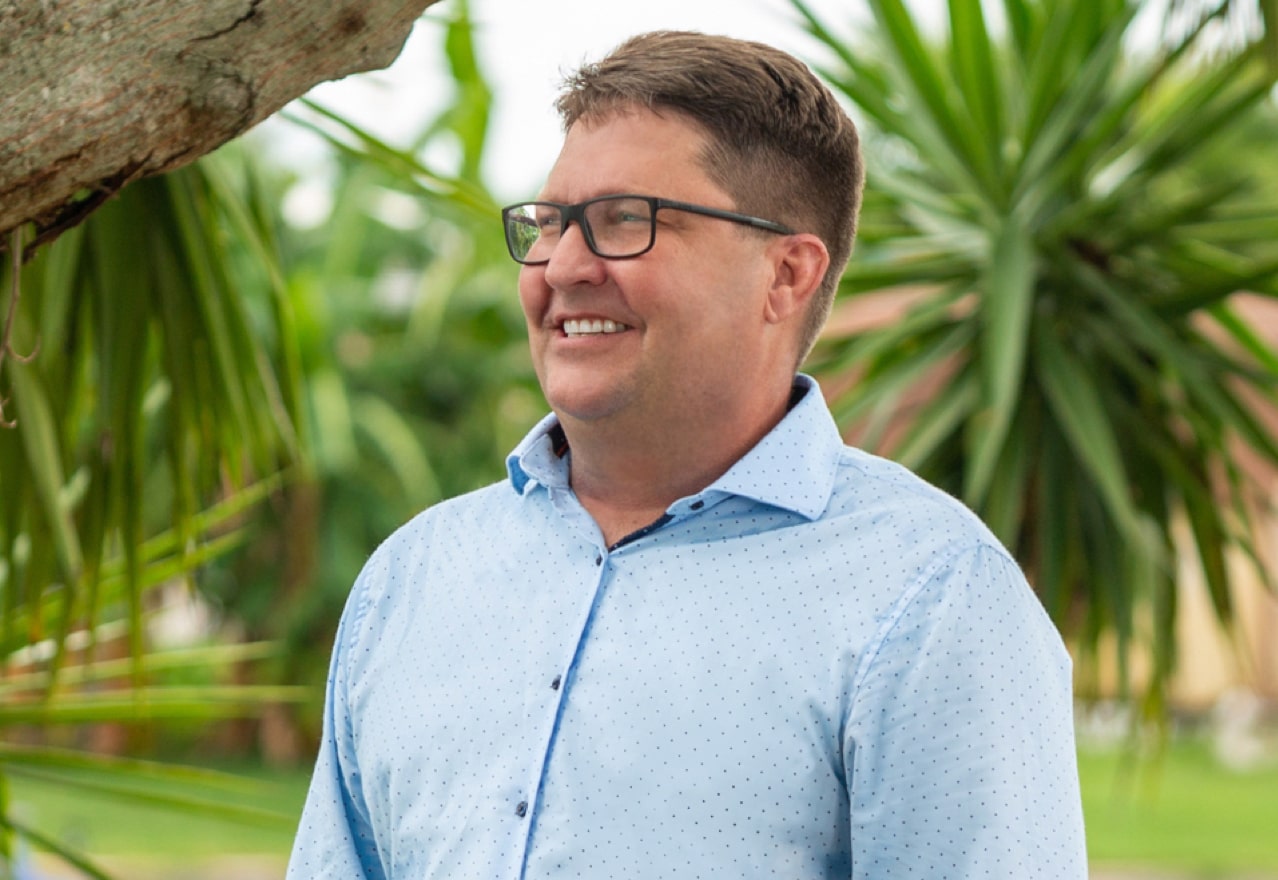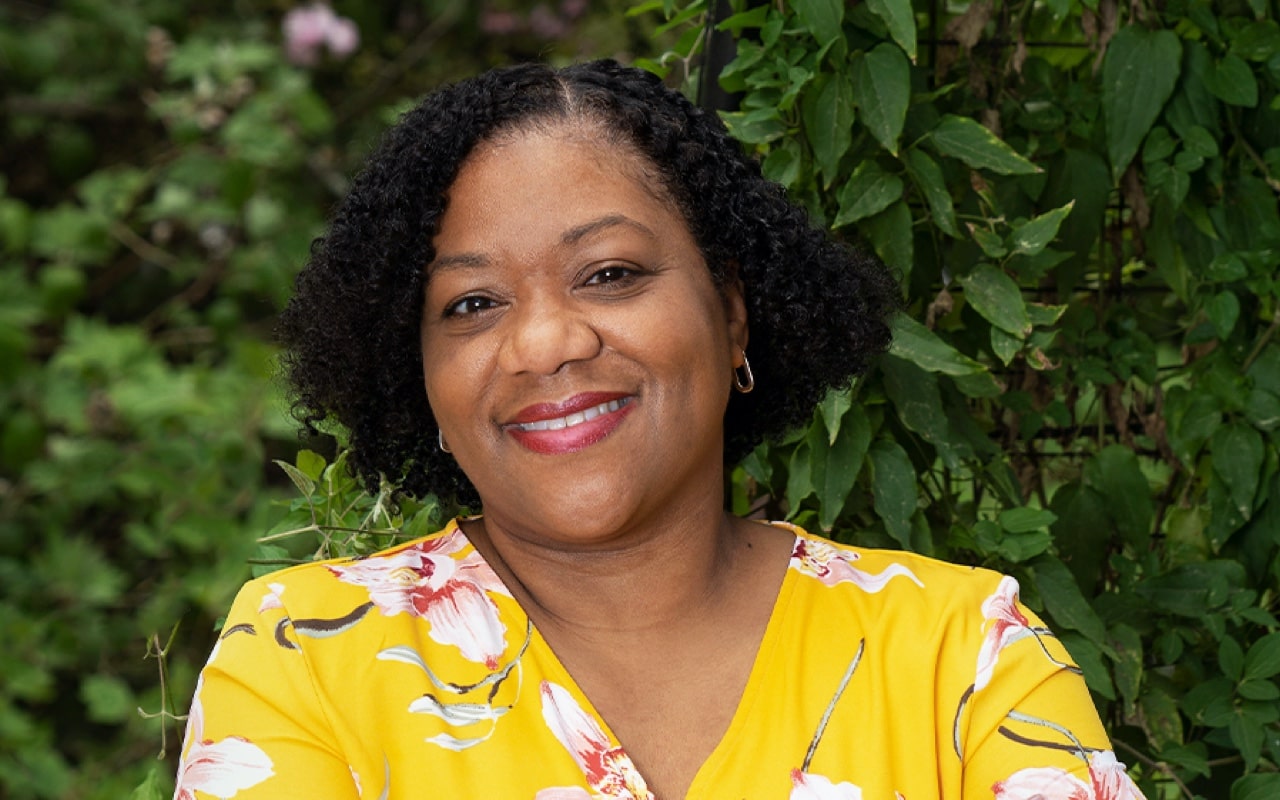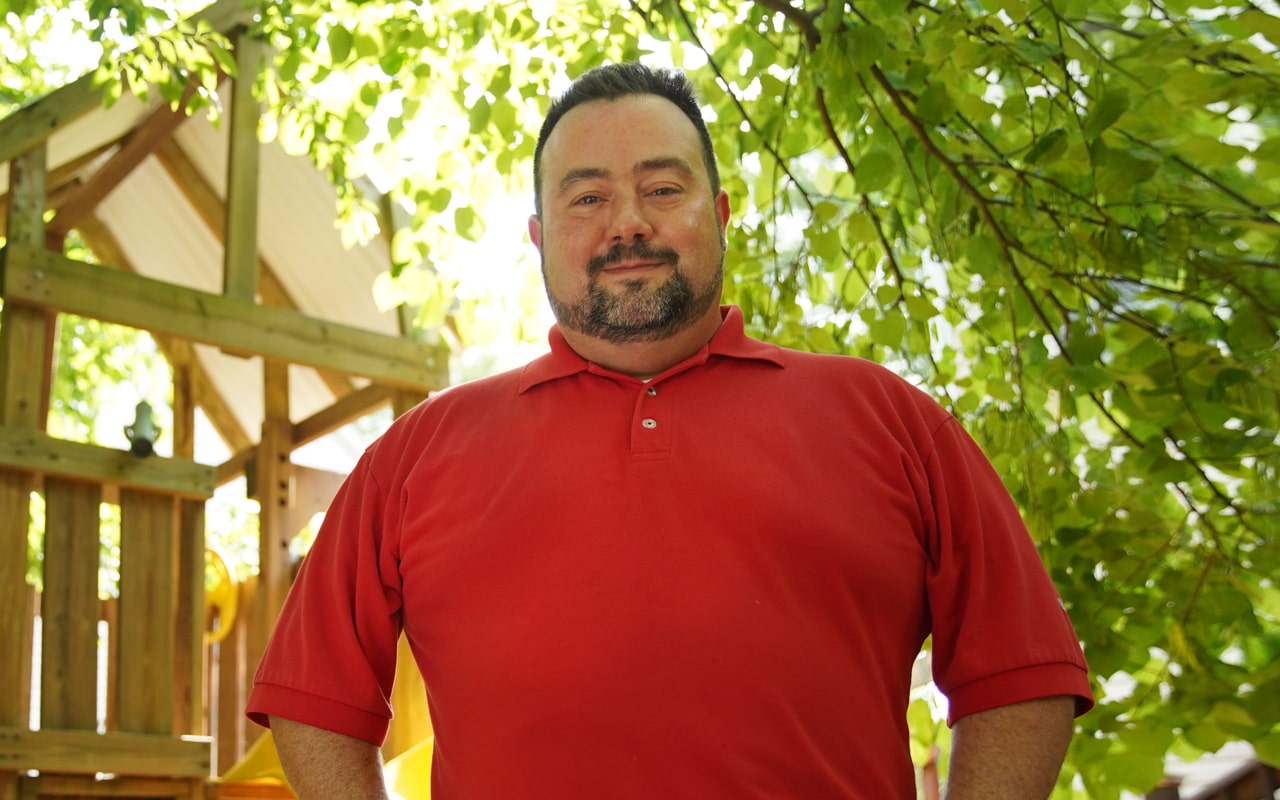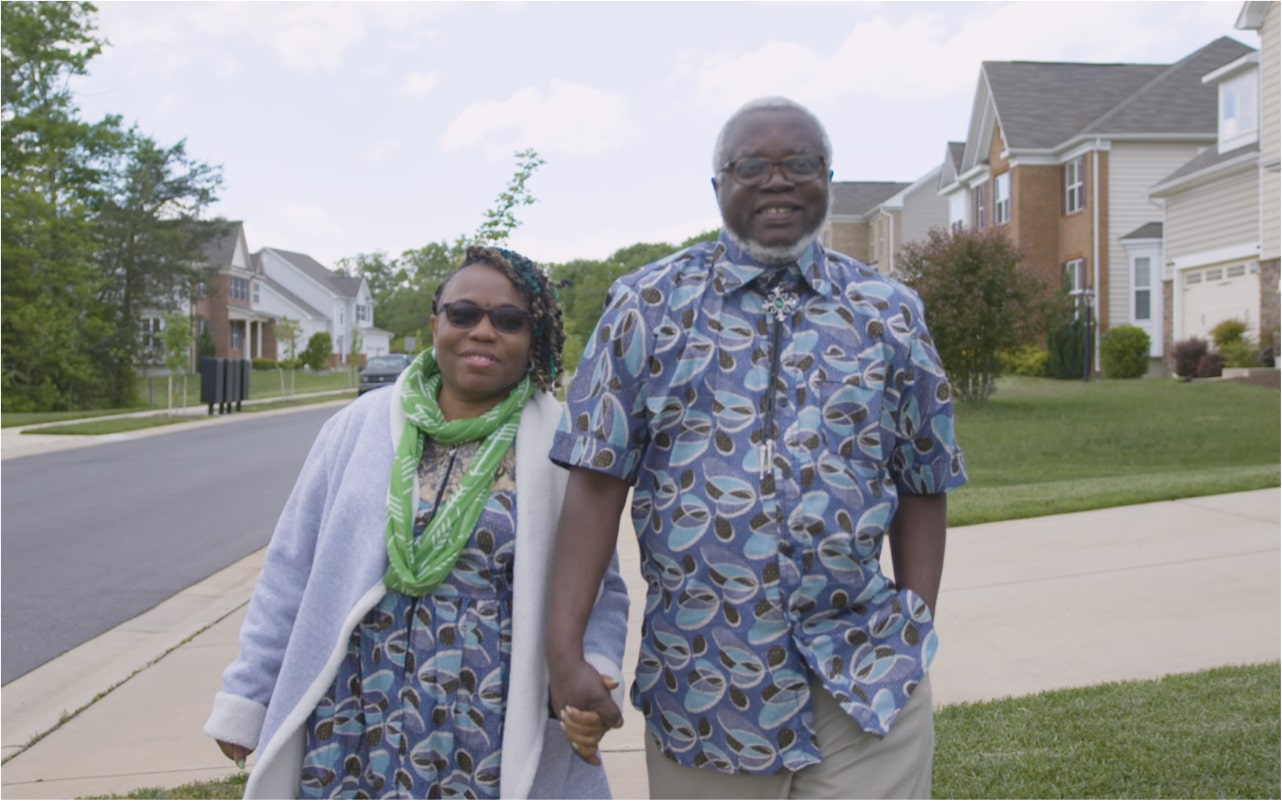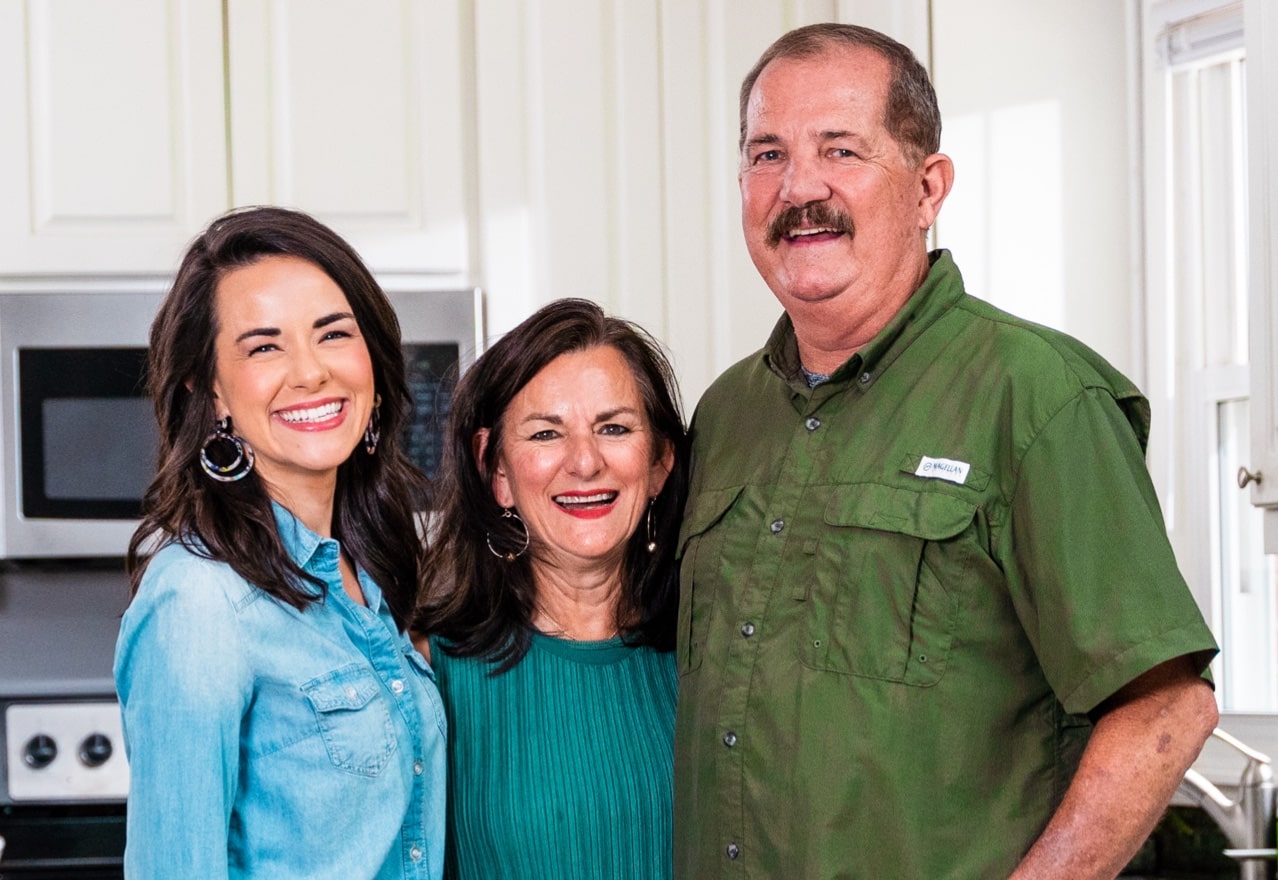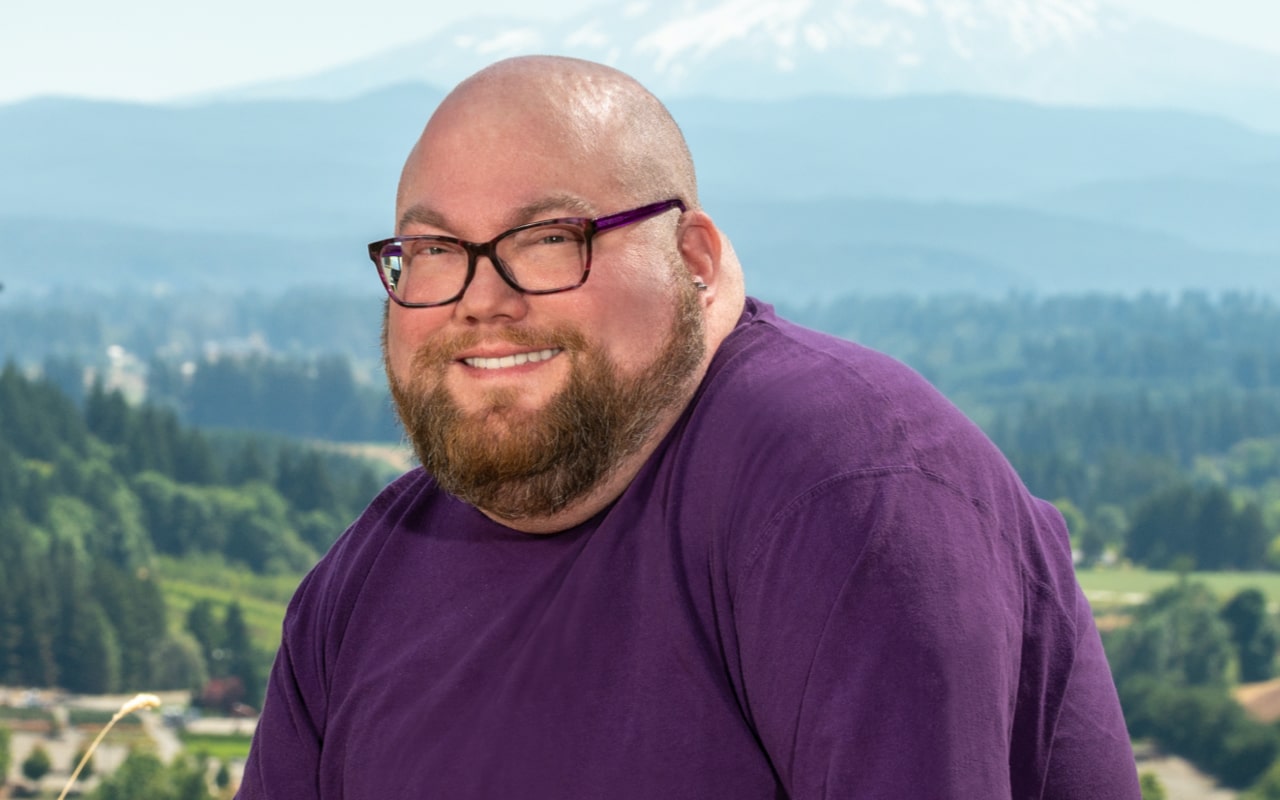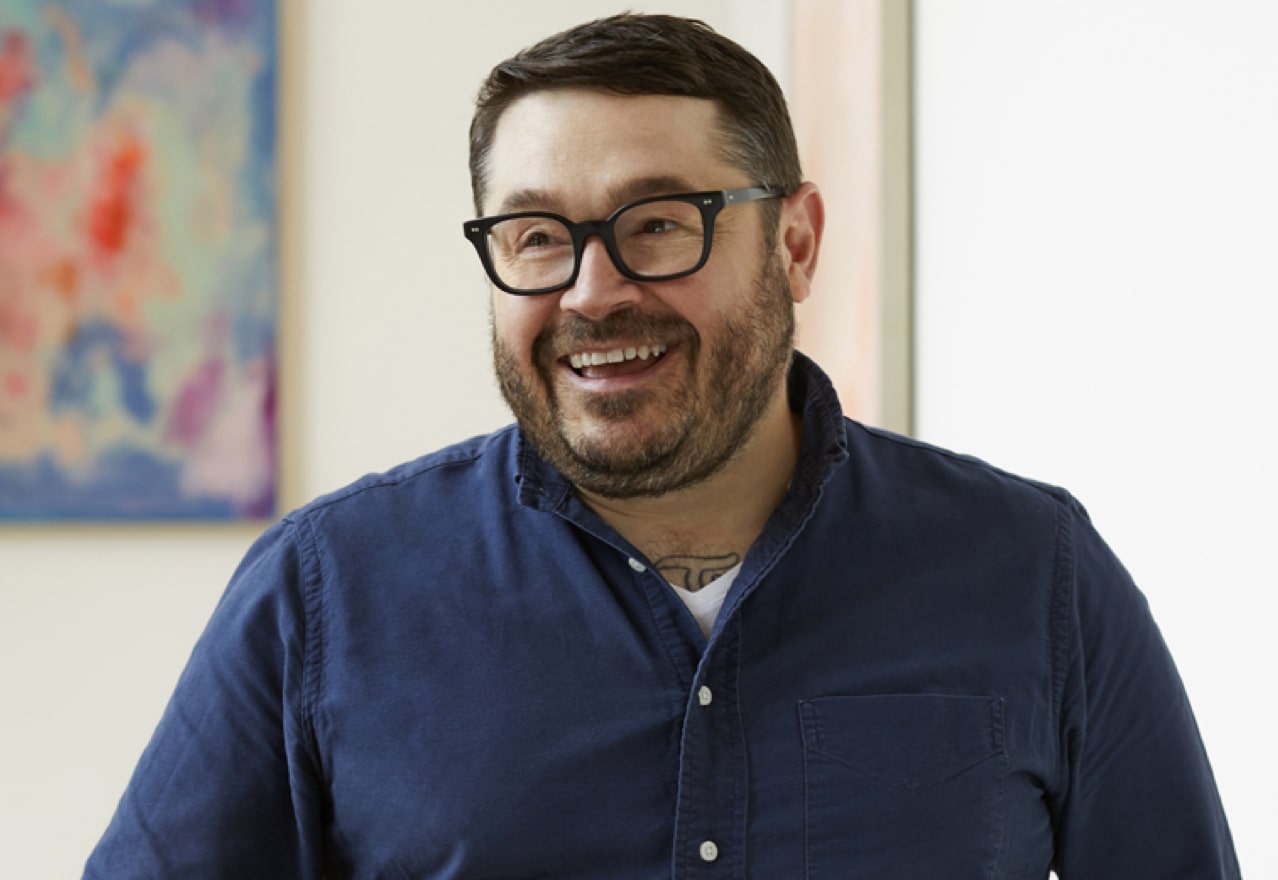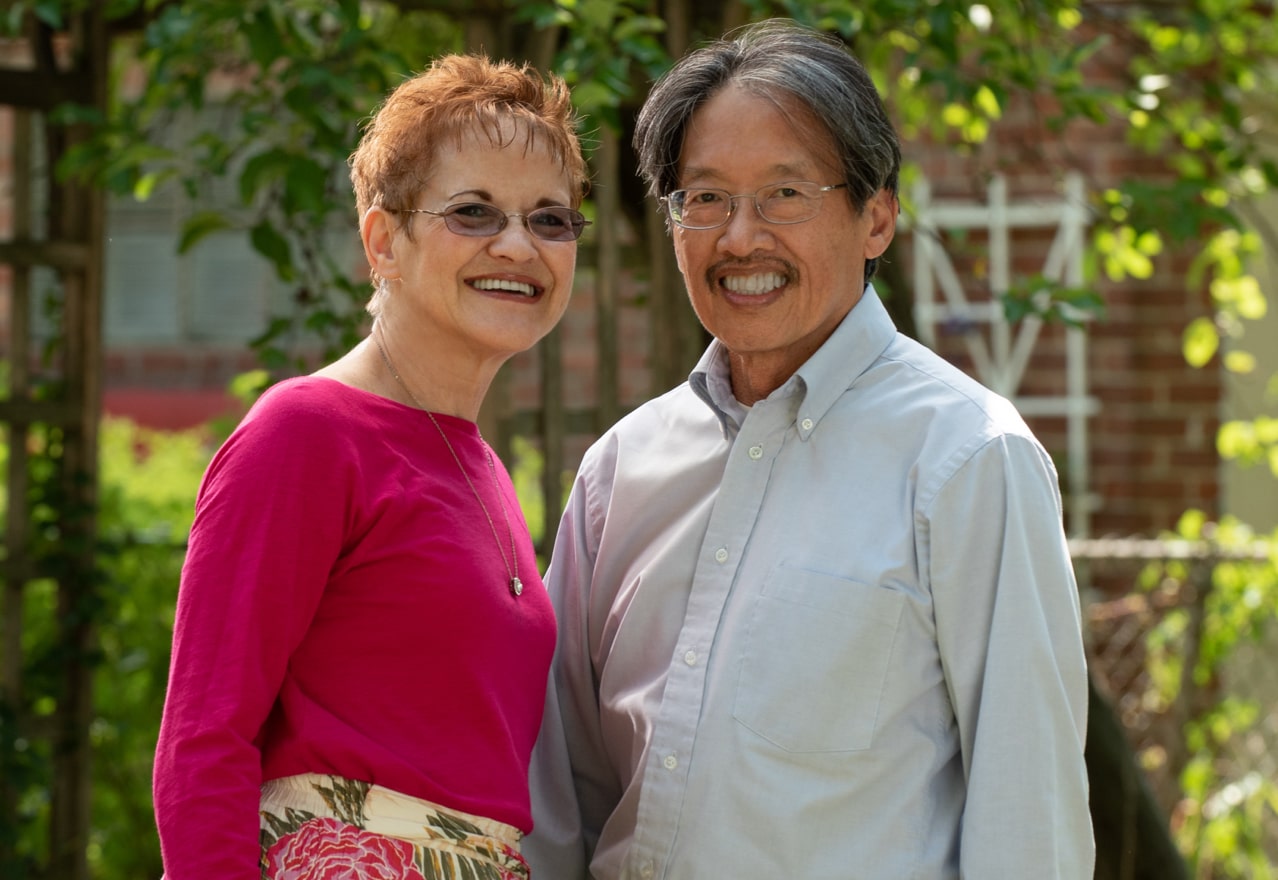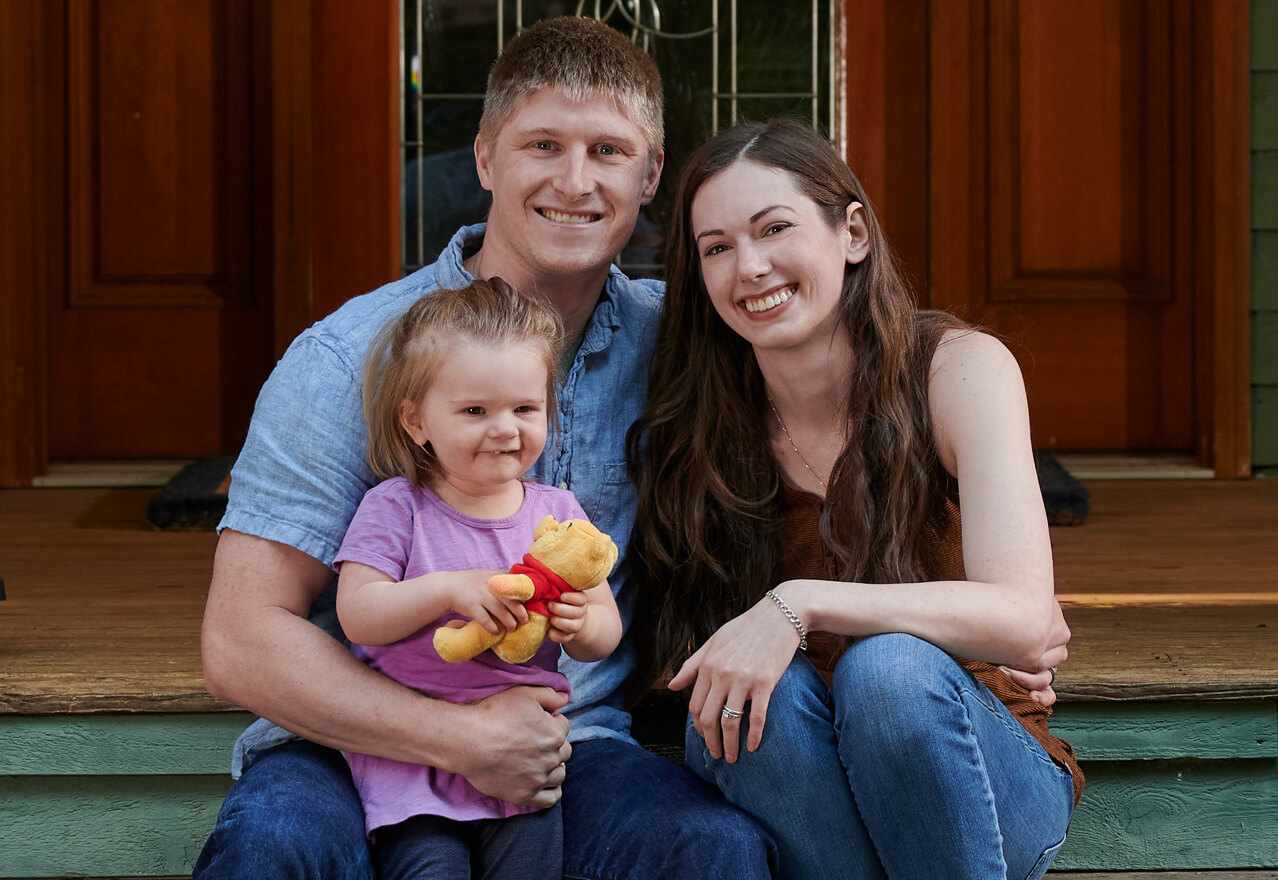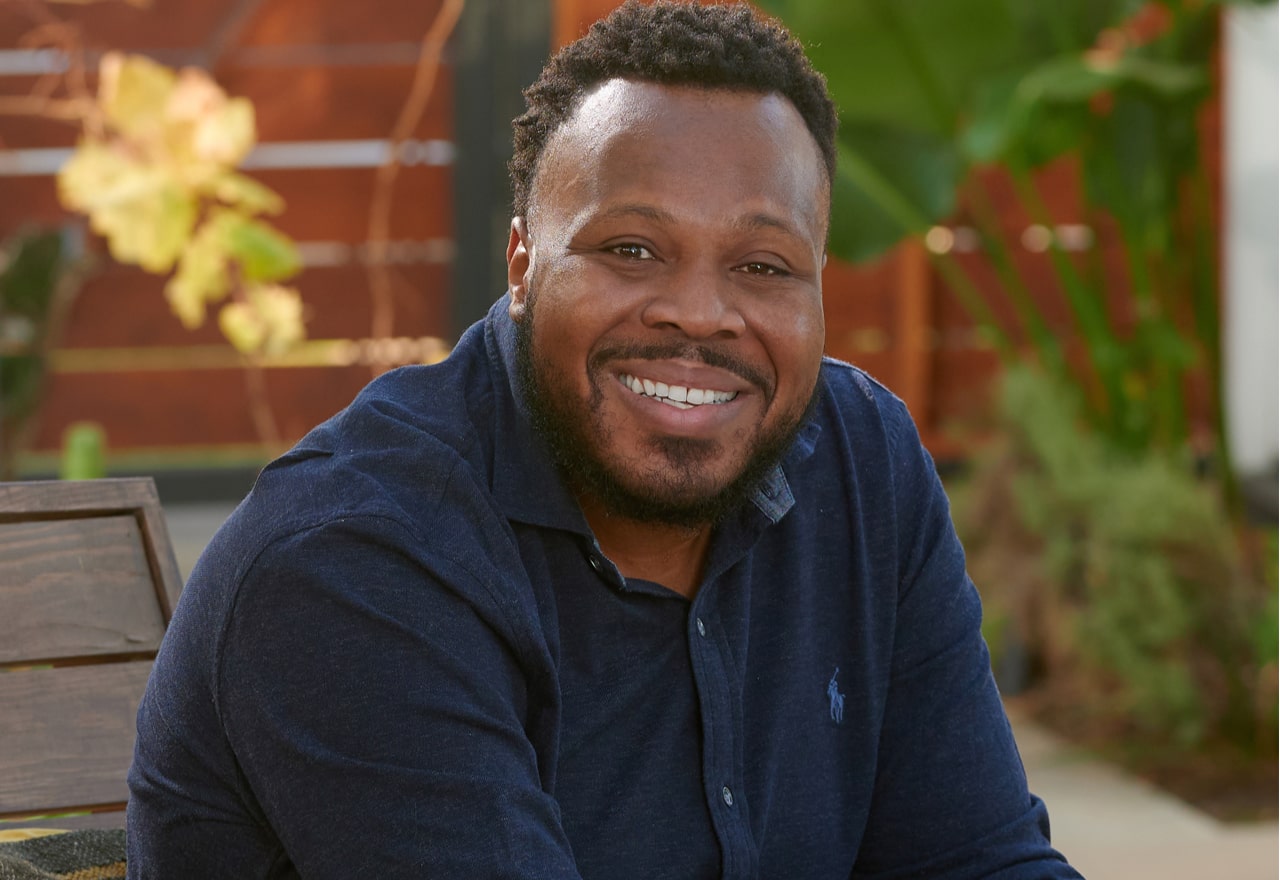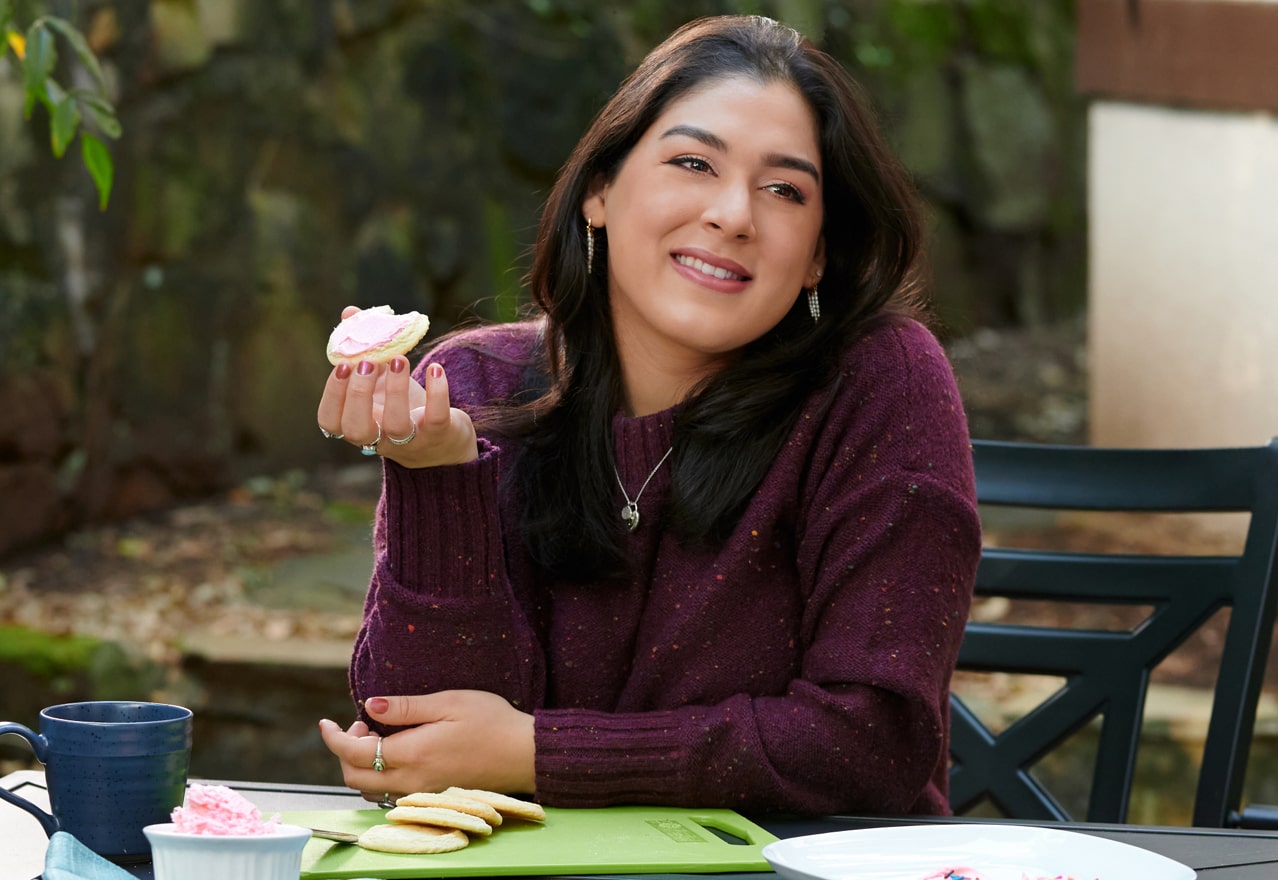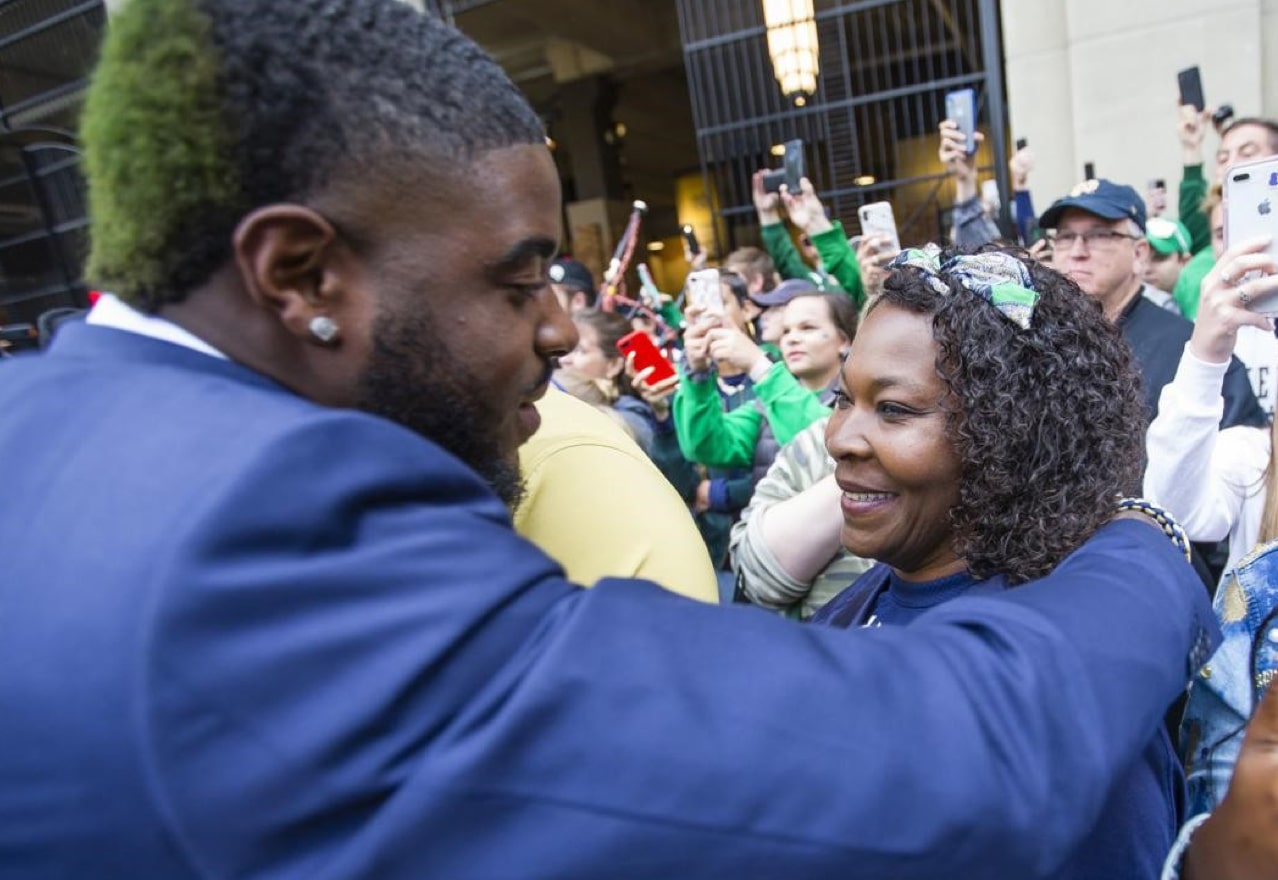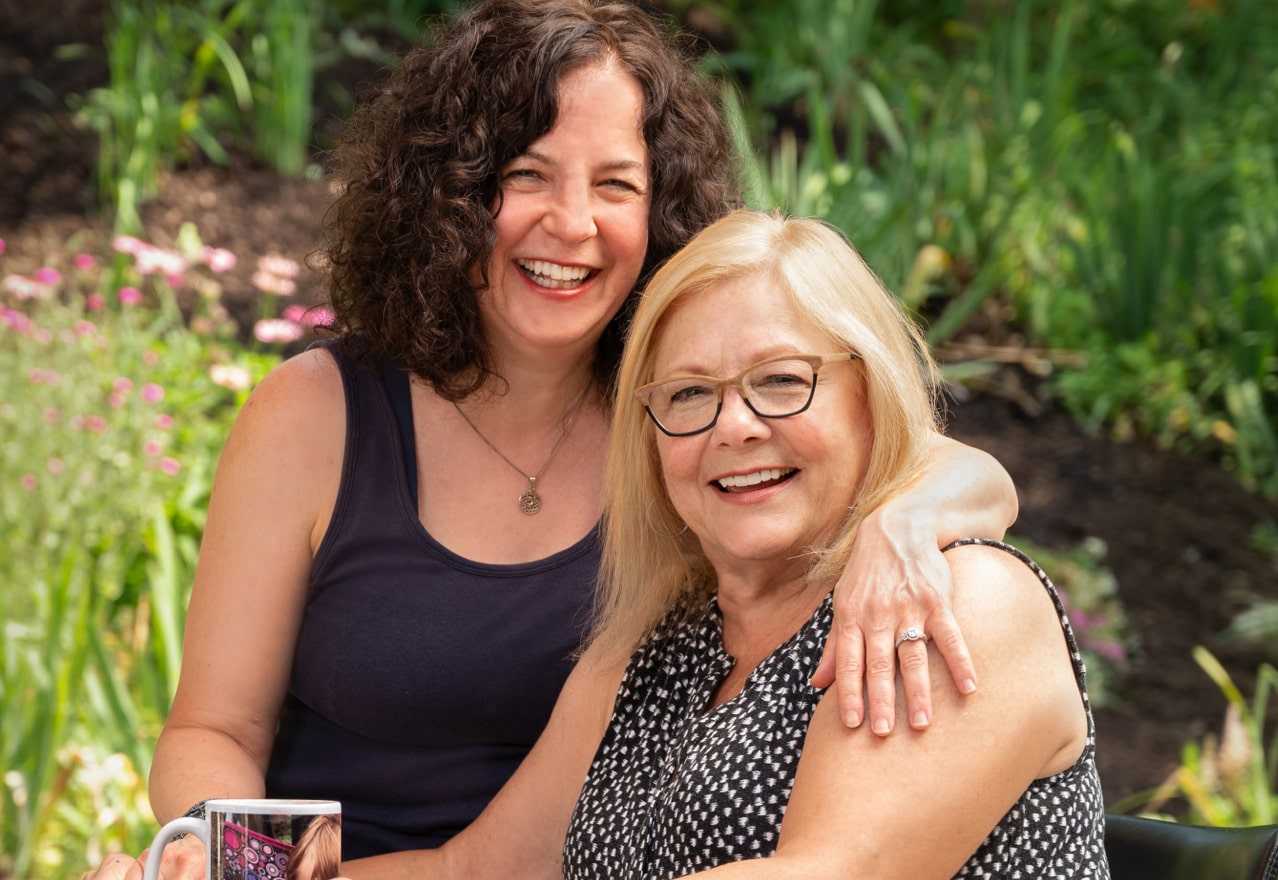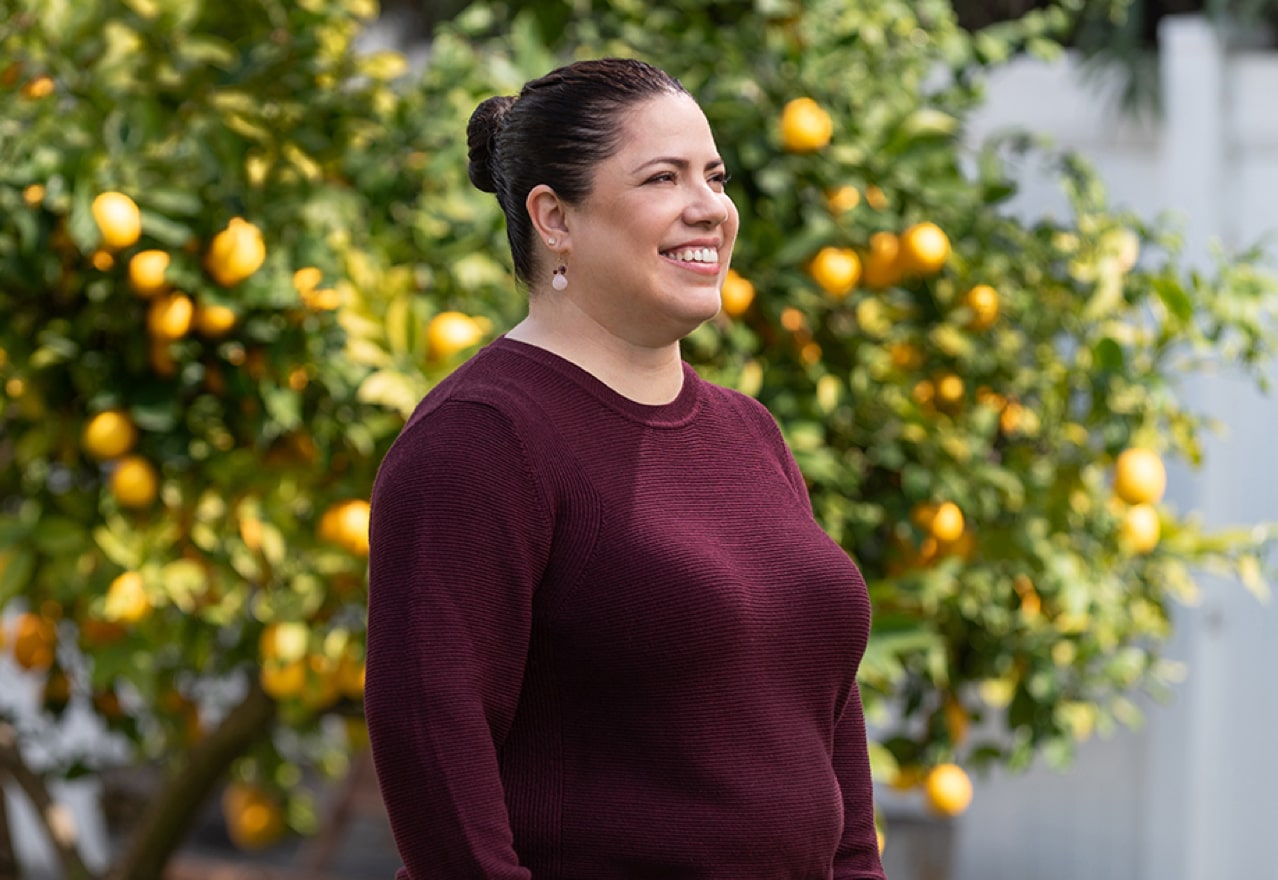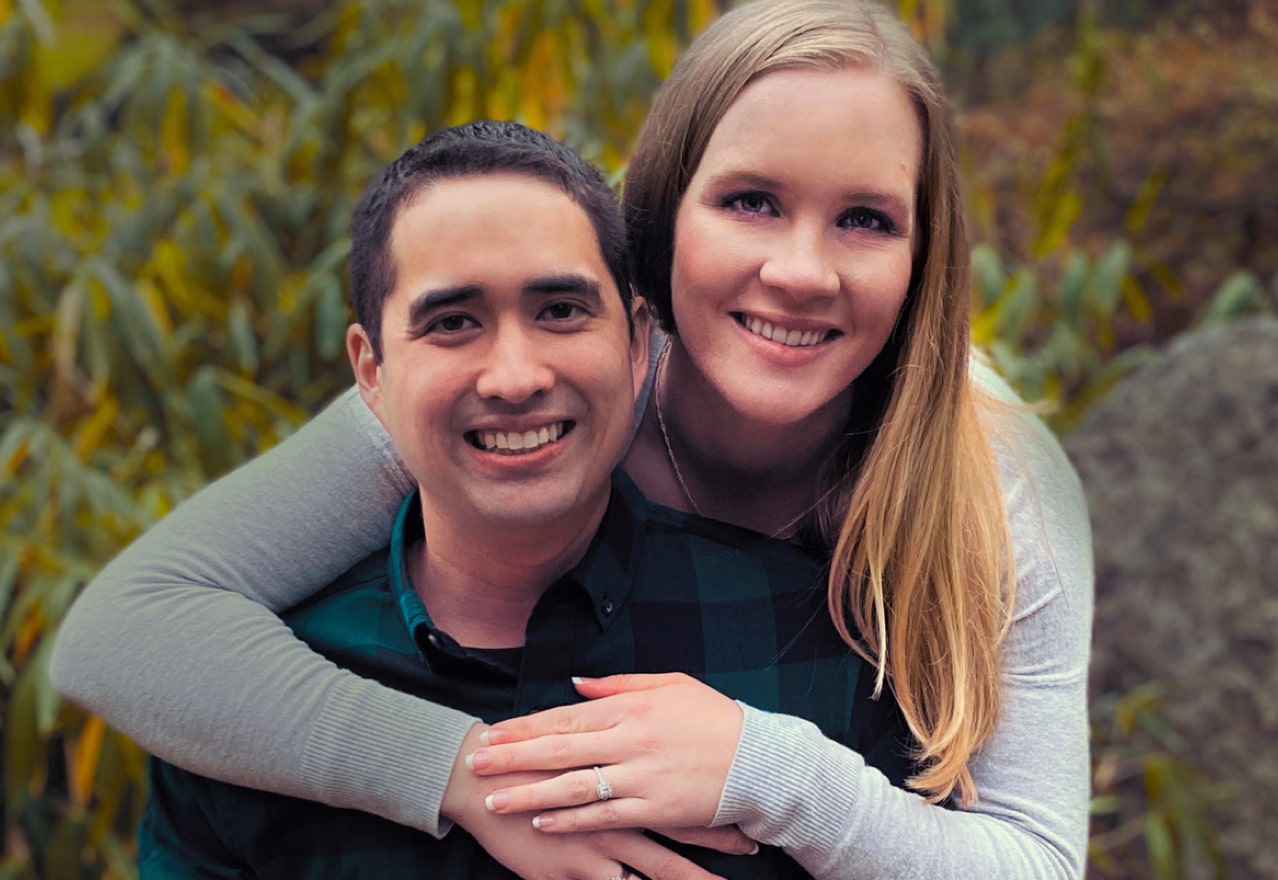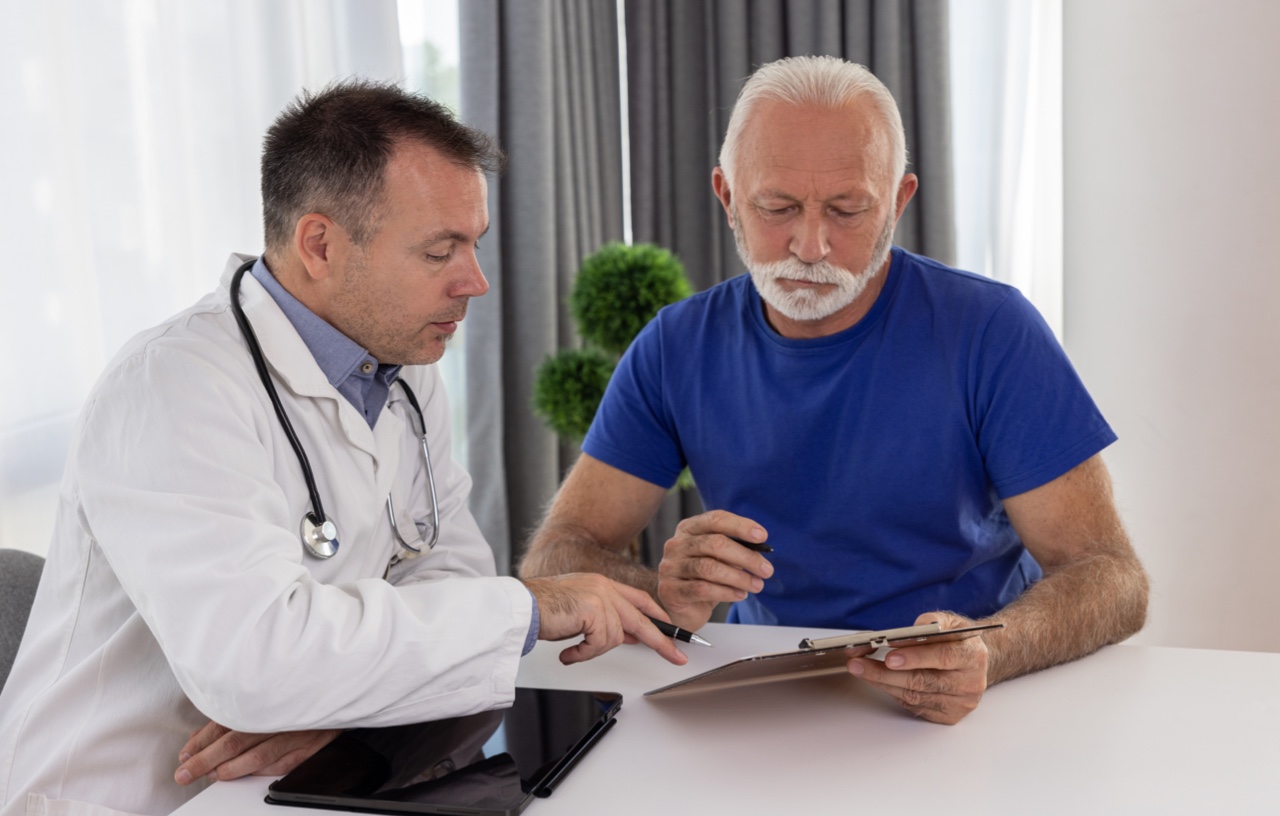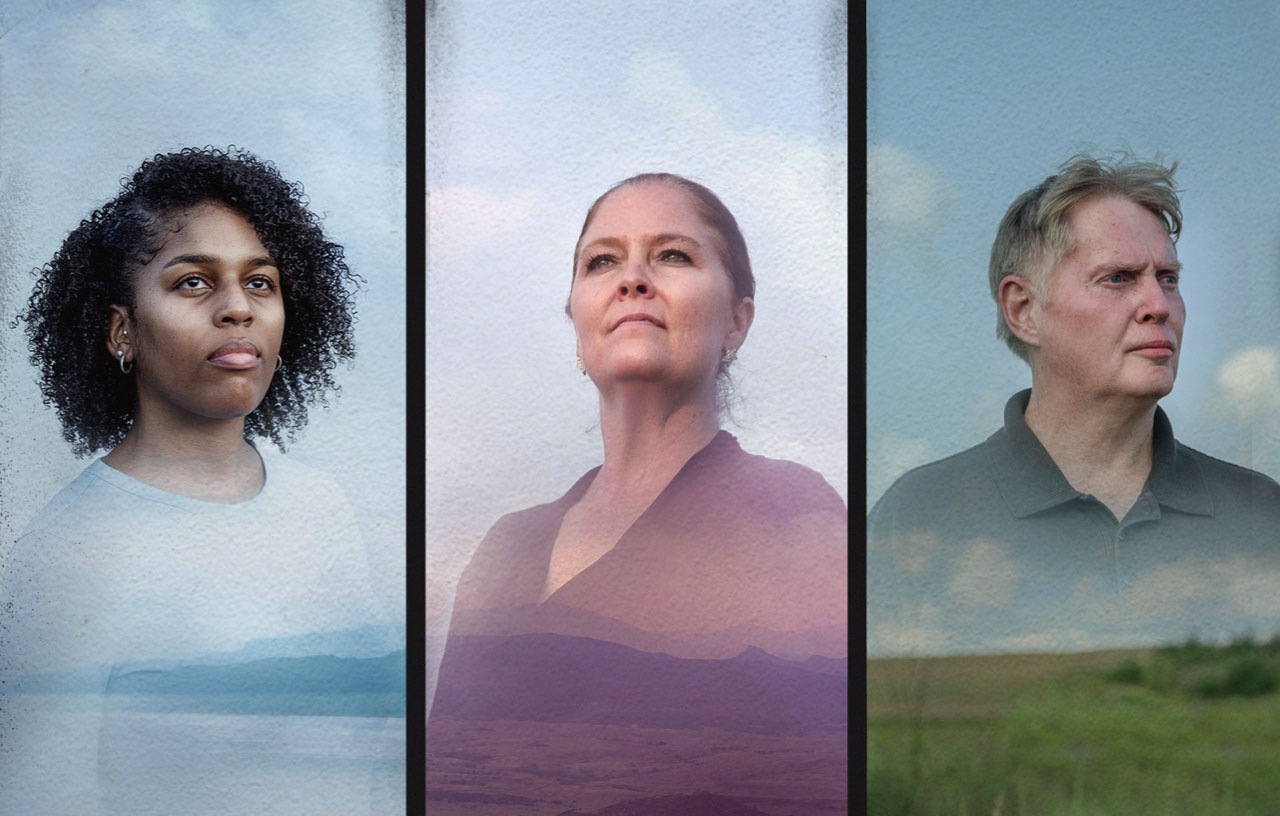Discover patient advocacy organizations that provide support and resources to the myasthenia gravis community.
How Nicola* Is Taking Control While Living with MG
A quest for knowledge and agency led Nicola to become the MG advocate she needed.
MG Real Talks: The Ins and Outs of Being an MG Supporter
Watch myasthenia gravis (MG) supporters share their experiences of caring for a loved one with MG.
Aiden-Lee* Creates Hope for Others While Living with MG
As a lifelong disability advocate, Aiden-Lee takes on “teachable moments” and uses his voice to support the MG community.
MG Real Talks: Navigating MG Treatment Coverage
Members of the myasthenia gravis community share their experiences navigating insurance coverage and what they believe is important to know about accessing health insurance.
Dawn’s* Vision for Living a Full Life with MG
As an entrepreneur and wellness expert, Dawn brings her unique skills together to support the MG community.
How Myasthenia Gravis Helped Kathi* Redefine Her Purpose
Adjusting to life with MG didn’t happen overnight, but Kathi’s journey showed her that she could grow far beyond her successful career.
Eric’s* Story: Supporting a Partner Who Lives with MG
As the spouse of someone living with MG, Eric knows the ups and downs that come with being a primary caregiver.
MG Real Talks: The Hidden Challenges of Myasthenia Gravis
Watch members of the MG community discuss how they’ve coped with MG challenges in their everyday lives.
MG Real Talks: Self-Advocacy to Better Partner with Your Doctor
Watch members of the myasthenia gravis community discuss strategies on how to use self-advocacy to better partner with their doctors.
Striving, Not Stopping: Victor M.’s MG Journey
Having faced MG since childhood, Victor focuses on what he can do—not what he can’t.
Watch From That Day Forward: The Reality of Life with MG
Watch a video about the reality of living with MG.
Tameika Takes Charge of Her Life and Her MG
Tameika takes charge of her life and her MG
Alexis* Learns to Be His Own MG Advocate
Read how Alexis’ life experiences have helped him support others living with MG.
Betty’s* Family Helps Her Through MG Diagnosis
Read about how a longtime schoolteacher realized that her identity is much more than her job after her diagnosis with MG.
John’s* MG Diagnosis Teaches Him to Lean on His Family
This father, coach and school administrator finds comfort and peace in learning when to ask for help from his support system.
Zach Leans on His Support System to Help Manage His Myasthenia Gravis*
Read about how Zach got support from the MG community after his diagnosis and found positive ways to look at his life.
Chef Sean Brock Finds Balance in His Life with MG†
Read about Sean Brock’s difficult journey to find balance working as a professional chef while living with MG.
Kait Masters: Setting and Readjusting Life Goals with MG*
MG United members share their stories. Kait Masters discusses how myasthenia gravis (MG) has affected how she sets personal and professional goals.
Daniel’s Story: How He Found Ways to Balance Mental and Physical Health with MG*
MG United members share their stories.
Caitlin Faces a New World with MG*
MG United members share their myasthenia gravis stories.
NFL Running Back and His Mom Team Up to Take on MG†
Dexter Williams, a running back for the Green Bay Packers, and his mother, Cheryl, tackle myasthenia gravis.
Kathy Lemenu and Her Wife Diane on MG, Marriage and Communication*
They’ve learned to avoid the traps that MG sets for couples with something they call ‘kind confession.’
Leah Gaitan-Diaz and the Empowerment of Positive Thinking*
MG United members share their stories. Leah Gaitan-Diaz discusses the importance of positivity when living with myasthenia gravis (MG).
Recognizing Caregivers, Who Walk the MG Journey Too*
Here’s a shout-out to supporters from the people whose lives they impact every day—those living with myasthenia gravis.
Thank you, again.
We'll make sure we share content most relevant to you.
YOU MAY ALSO LIKE
Understanding MG Treatment Options
An educational overview of common treatment options for people living with myasthenia gravis
Now Streaming: A Mystery to Me
A Mystery to Me is an award-winning documentary series about myasthenia gravis that reveals the hidden toll this unpredictable, unfair illness takes on three people who live with it every day.
Want more great content? Follow MG United on social media.
*Paid contributor to MG United
†Paid spokesperson of argenx
argenx, a global immunology company, created MG United to support people living with myasthenia gravis (MG) and those who care for them. By providing information on MG United, argenx aims to help improve the lives of people suffering from this autoimmune disease. MG United does not offer medical advice; always consult your healthcare team for personalized medical guidance.
The brands listed are the trademarks of their respective owners.
Share Article
Attention
You are now leaving MG-United.com, a website provided by argenx. This link will take you to a different site to which this Privacy Policy does not apply.
Intended for U.S. audiences only. Privacy Policy | Contact Us | Disclaimer
©2025 argenx
US-NON-24-00233 V1 09/2024



